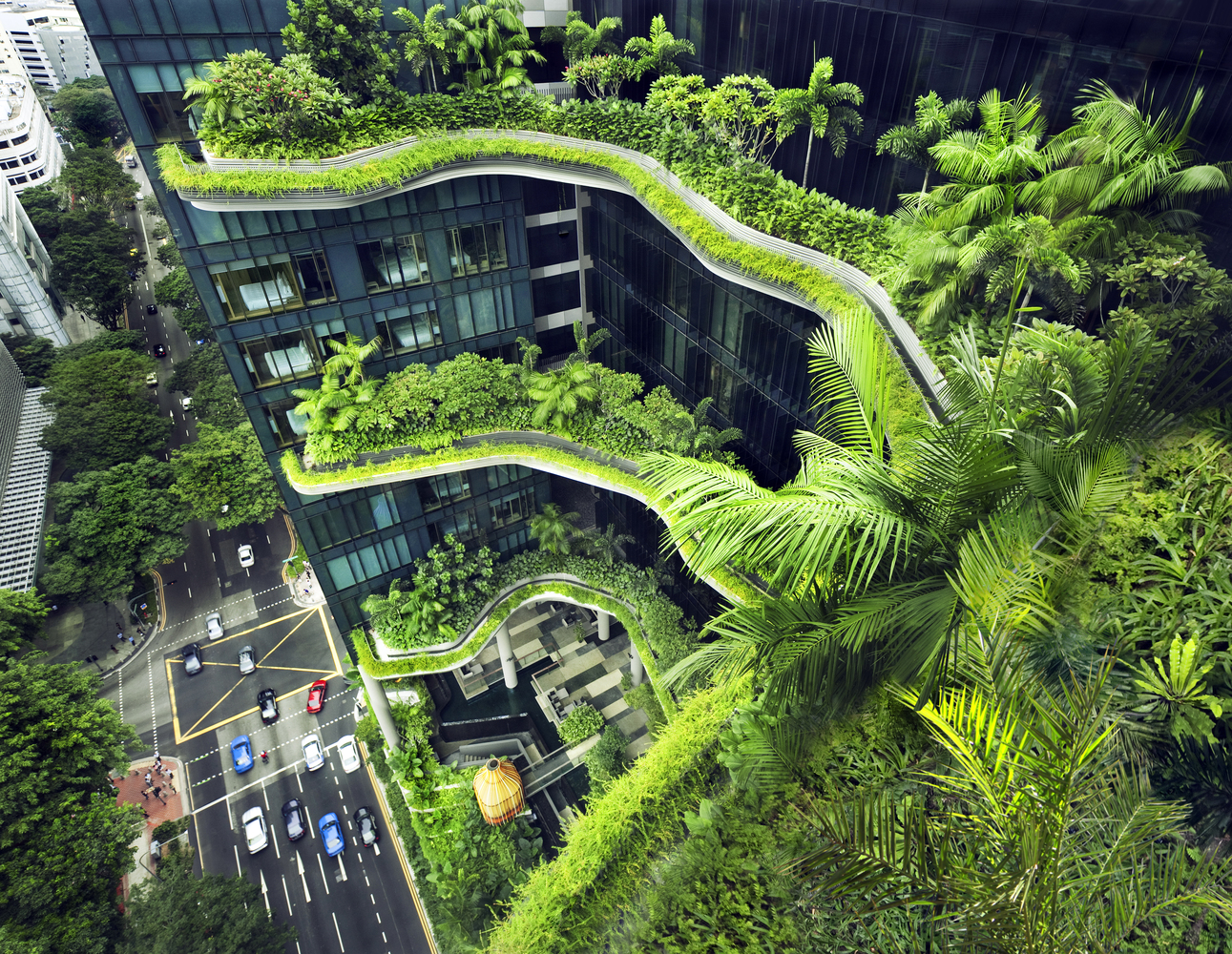In the midst of our contemporary era, marked by the relentless pace of urbanization, the compelling need for sustainable urban planning has risen to an unprecedented level of importance. The dynamic growth and sprawling expansion of urban areas across the globe demand a profound reevaluation of our approach to city development, underscoring the paramount significance of sustainability. Sustainable cities and communities, therefore, aspire to establish a harmonious equilibrium that aligns economic prosperity, ecological resilience, and the overall social well-being of their inhabitants. This discourse aims to delve into the fundamental principles and multifaceted strategies necessary for the realization of urban spaces that are not only environmentally responsible but also socially equitable and economically viable. By doing so, we lay the foundation for a future where sustainable urban development stands at the forefront of our collective aspirations.
- Public Transportation: A vital component of sustainable urban planning involves the development and enhancement of efficient, widely accessible public transportation systems. This serves to reduce the heavy reliance on private cars, ultimately contributing to lowered emissions and alleviating traffic congestion.
- Green Spaces: The augmentation of parks and green spaces within urban areas is a pivotal strategy. This not only improves air quality but also provides areas for recreation and leisure, thereby enhancing the overall quality of life for urban residents.
- Renewable Energy: The integration of renewable energy sources and the implementation of energy-efficient infrastructure are essential to curbing the carbon footprint of cities. This shift towards cleaner energy sources aids in reducing environmental impact.
- Sustainable Buildings: Encouraging the construction of eco-friendly buildings is a cornerstone of sustainable urban planning. These structures often feature green roofs, efficient insulation, and water-saving amenities, contributing to reduced resource consumption.
- Waste Reduction: Promoting robust recycling and composting programs is crucial for minimizing waste generation and fostering a circular economy, where resources are efficiently reused.
- Walkability and Bike-Friendly Infrastructure: Creating urban environments designed with safe and easily accessible walkways and bike lanes is a fundamental aspect of sustainable planning. It not only reduces traffic congestion but also promotes healthier and more active lifestyles.
- Community Engagement: Ensuring the active involvement of citizens in the urban planning process is vital. By engaging residents, their needs and concerns can be effectively integrated into the development plans, resulting in urban spaces that truly cater to the diverse demands of the community.
In sum, sustainable urban planning is the linchpin for forging cities that are not only environmentally responsible but also offer a high quality of life for their residents. The adoption of these comprehensive strategies constitutes a collective step toward the realization of greener, more sustainable, and thriving urban centers. This path holds the potential to create urban spaces that embody our shared vision of a better, more sustainable future.








